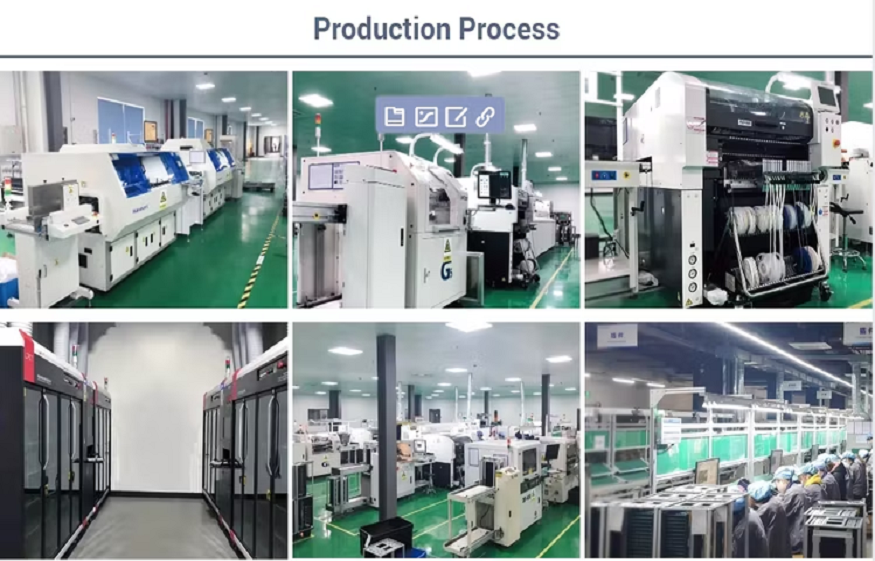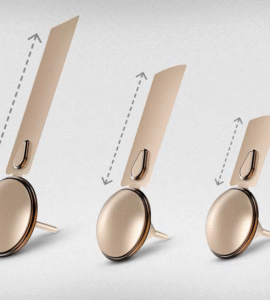 Posted On
Posted On
Exploring Evolving Standards in LED Technology: Supply Chain, Compatibility, and Market Needs
 Posted On
Posted On
The global shift toward energy efficiency has placed LED lighting solutions at the heart of both residential and commercial design. Over the past decade, lighting needs have changed dramatically. What used to be a purely functional decision on how to light a room has evolved into something much more technical and strategic. Now, the conversation includes power efficiency, color rendering, flexibility in design, and supply reliability. In this new landscape, understanding how different components work together, especially strip lighting and power systems, has become essential.
The Role of LED Strip Lights in Modern Applications
From under-cabinet lighting in kitchens to highlighting architectural lines in modern buildings, LED strip lights are used in a growing number of creative and functional ways. Their flexibility, longevity, and variety of color temperatures make them an appealing option for designers, contractors, and even homeowners.
However, selecting the right lighting goes beyond just choosing a warm or cool tone. In project-based environments, buyers are now more cautious about where their lighting components are sourced. Choosing from dependable LED Strip Lights suppliers has become a central concern not just for quality assurance, but for consistency across batches, safety compliance, and support with product specifications.
Shifting Market Trends in LED Power Solutions
Just as LED lighting options have expanded, so too have the supporting power technologies. An LED strip is only as reliable as its power source. Today’s buyers are asking: Does the power unit match the required voltage and wattage? Will it overheat? Is it certified for long-term use?
One trend that has gained attention is the use of smart power supplies, offering features like dimming compatibility, surge protection, and even remote control. These features, while valuable, add complexity to installation and require careful selection based on the type and length of LED strip being used.
Inside the LED Power Supply Chain
The electrical component behind the light source often overlooked is the LED power supply. While many users assume any adapter will do, that’s far from the truth. A power supply’s job is to convert incoming electricity to a steady, usable current for the LEDs without fluctuation. Even minor inconsistencies can lead to flickering, color shifting, or reduced lifespan of the strip.
That’s why sourcing from a verified LED Power Supply factory is more than just a procurement decision, it’s a technical safeguard. Factories that conduct full-cycle testing, prioritize electrical stability, and stay compliant with international standards can drastically reduce failure rates in long-term lighting projects.
Compatibility Challenges and Installation Best Practices
Mismatched components are one of the most common causes of LED system failure. Many project managers or installers face issues where the power unit either underperforms or creates excess heat, all due to incorrect pairing. While strip lights might seem universal, they often vary in current demand and voltage.
A best practice is to always read the technical datasheets, not just for the LED strip, but for the power supply as well. Adding a safety margin to the wattage requirement is often recommended using a 60W power unit for a 48W strip setup helps prevent overloads.
Additionally, attention to wire gauge, length, and connections ensures stability in delivery and reduces voltage drops. And for larger setups, splitting power across multiple supply units is often more efficient and safer than a single, high-wattage one.
Regional vs. Global LED Supply Considerations
When working with LED components at scale, logistics come into play. There’s a constant trade-off between price, availability, and service level. Local suppliers may offer quick support, but global suppliers often provide better pricing and broader product lines.
In some cases, working with globally integrated manufacturers allows buyers to order both strip lights and compatible power systems from a single source. This not only ensures compatibility but also streamlines delivery and technical support. The key is working with partners who maintain transparency in technical documentation, compliance, and quality control processes.
Sustainability in LED Manufacturing
Sustainability is no longer a secondary consideration. More companies and governments are factoring eco-responsibility into their purchasing criteria. This shift has encouraged LED manufacturers to adopt recyclable materials, more efficient circuit designs, and lower-energy production processes.
In both LED strip lights and power supplies, minimizing energy loss and extending product lifespan are the two main pillars of sustainability. Longer-lasting components reduce waste and replacement costs. Furthermore, power supplies with high-efficiency ratings consume less energy over time, supporting carbon reduction goals across industries.
Conclusion
Navigating the LED lighting industry requires more than just aesthetic or price-based decisions. Professionals across architecture, construction, and electrical fields are now prioritizing quality, compatibility, and sustainability in their lighting choices. From identifying reputable LED Strip Lights suppliers to evaluating the output and certification of a LED Power Supply factory, every choice plays into the performance and reliability of the final setup.








